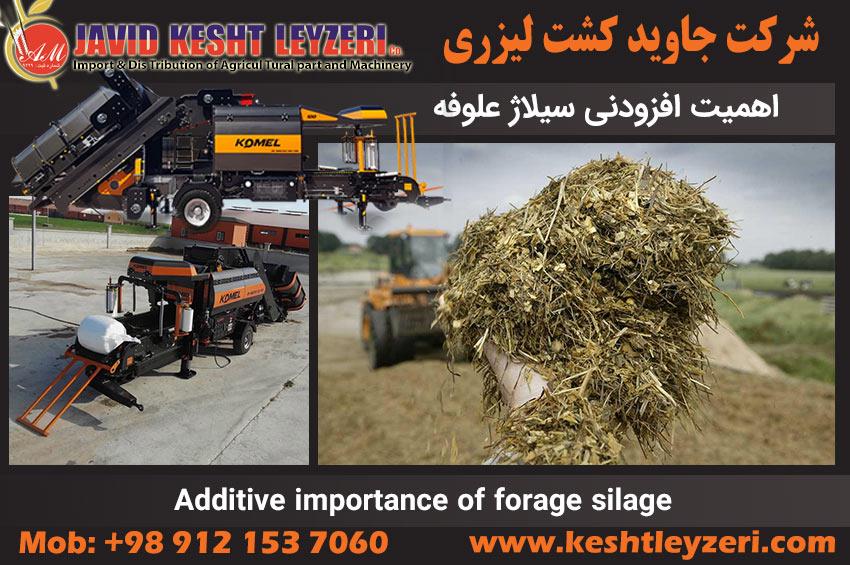- 09 Sep 2023
- 1191
The effects of using biostable mayes on improving the quality of corn silage
Corn silage is used in ruminant diets worldwide as an excellent source of energy and fiber. While corn is able to grow in many climates, the quality of corn silage is greatly affected by harvest time and filling methods. Harvesting usually occurs when the condition of the plant or harvesting conditions is compromised and the possibility of silage contamination with pathogens increases.
- 14 Jul 2023
- 1421
The use of silage in livestock feeding and their microbiological threats
Silages are the final product of anaerobic fermentation of feed raw materials such as corn, alfalfa, distilled seeds from the aquaculture industry and sugar beet pulp.
- 06 Jul 2023
- 1356
Additive importance of forage silage
Corn silage additives do not have the ability to turn bad silage into good silage, they can only turn good silage into great silage.
- 19 Jun 2023
- 1781
Suitable additives for fodder silage
Fodder silage or packaging of fodder corn, alfalfa and other fodder is one of the necessities of today's industrial livestock farms to provide animal feed and animal processing.




